Many people say summer is a pretty awesome season -- maybe even their favorite one.
The days are warmer and longer. The sun is usually shining. Birds are chirping. People smile more freely. It’s vacation season. Kids are outside laughing and playing.
Unfortunately, like an over-crowded beach, some things are too good to be enjoyed alone. Summer bugs want to have some fun, too. And this is their time to shine. There’s no cold temperatures or snow and ice to stop them.
Insects emerge in warmer temperatures and begin their search for food. They also mate at this time of year.
Sure, they’re a necessary part of our ecosystem, but boy are they a headache to deal with during the summer.
Here are 5 bugs in Maryland you should look out for, along with some tips to protect your home from their invasion.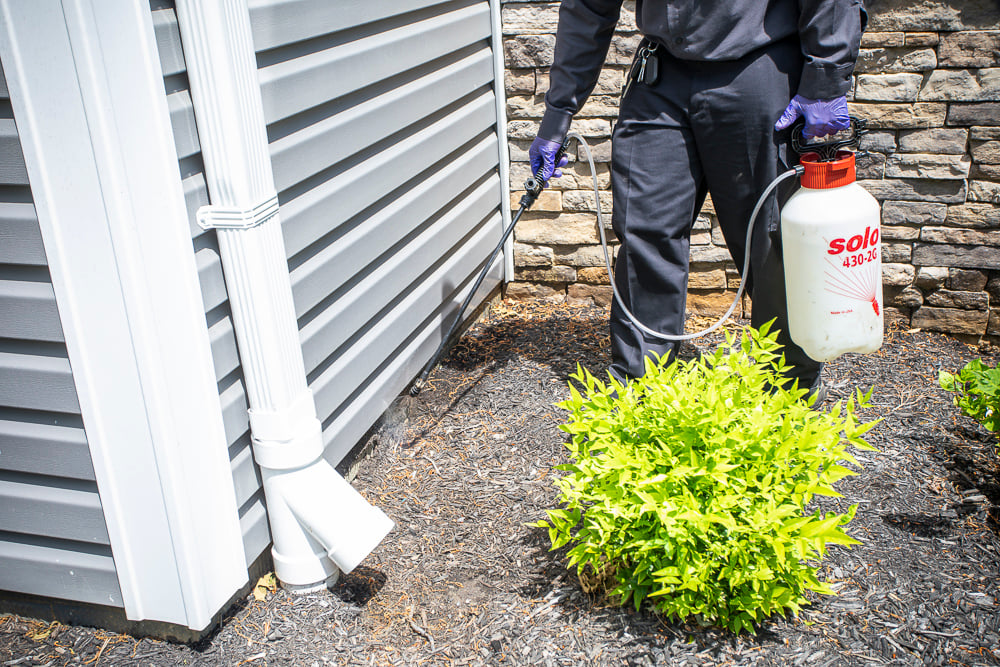
5 Summer Bugs in Maryland
You’re going in and out of your home much more frequently in the summer. Whether it’s for a little sunbathing or some outdoor barbecue or just to enjoy time outside, you’re opening and closing that screen door many more times than you do during the winter months.
Naturally, you’re going to see an array of bugs crawling about. They’re on a mission: They want food, shelter, water, and somewhere safe to mate and multiply.
 Your cool home is pretty inviting with all its nooks and crannies and free food and drink. I mean wouldn’t you want to hang out there, too?
Your cool home is pretty inviting with all its nooks and crannies and free food and drink. I mean wouldn’t you want to hang out there, too?
Keep an eye out for these 5 summer bugs so they don’t set up shop in your house.
1. Ants
Almost every homeowner has had to deal with ants at one time or another.
While they are relatively harmless to your health, they are a big nuisance as a summer bug in your house -- crawling on your counters or getting into items in your pantry.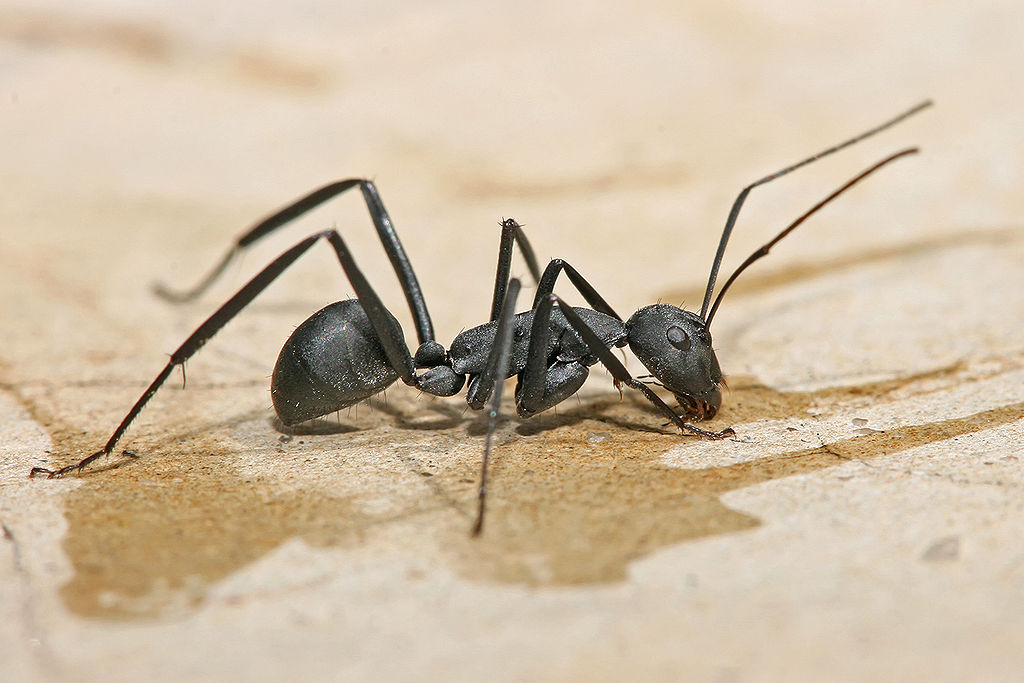 Ants don’t just show up for no reason, though. In fact, they are on the hunt for a few things. They seek food -- everything from crumbs to foods that aren’t in sealed containers. Once they find a reliable source, they tell their friends. They also get into pet food if it’s left out. With their food, they are looking for water.
Ants don’t just show up for no reason, though. In fact, they are on the hunt for a few things. They seek food -- everything from crumbs to foods that aren’t in sealed containers. Once they find a reliable source, they tell their friends. They also get into pet food if it’s left out. With their food, they are looking for water.
Ants also seek shelter -- a place where they can feel safe and build a nest. This includes places near food sources, moist areas, or in protected hiding spots like in your walls or under your appliances.
Preventing these summer bugs means limiting the things they’re seeking. Keep crumbs off of the floor by cleaning regularly. Fix water leaks to ensure you’re not creating a moisture issue. Seal entryways by caulking any cracks or gaps near windows, doors, and your home foundation. Prune trees and shrubs near your home so they aren’t touching your house, and stack firewood at least 20 feet from your home.
Non-repellent ant control products can help since the insecticide is hidden in a protein or sugar source as a bait so ants take these food bits back to their colonies so the insecticide can reach the source of your problem and not just a few of the roaming ants. Then, once the problem is solved, barrier treatments can help keep ants out.
2. Cockroaches
While ants may be a nuisance, cockroaches bring more than just annoyance. These summer bugs carry viral and bacterial pathogens … and they move them across your countertops and surfaces, in your pantries and bathroom drawers. Gross.
These pests are also seeking water, warmth, food, and safety -- so kitchens and bathrooms tend to be hot spots. 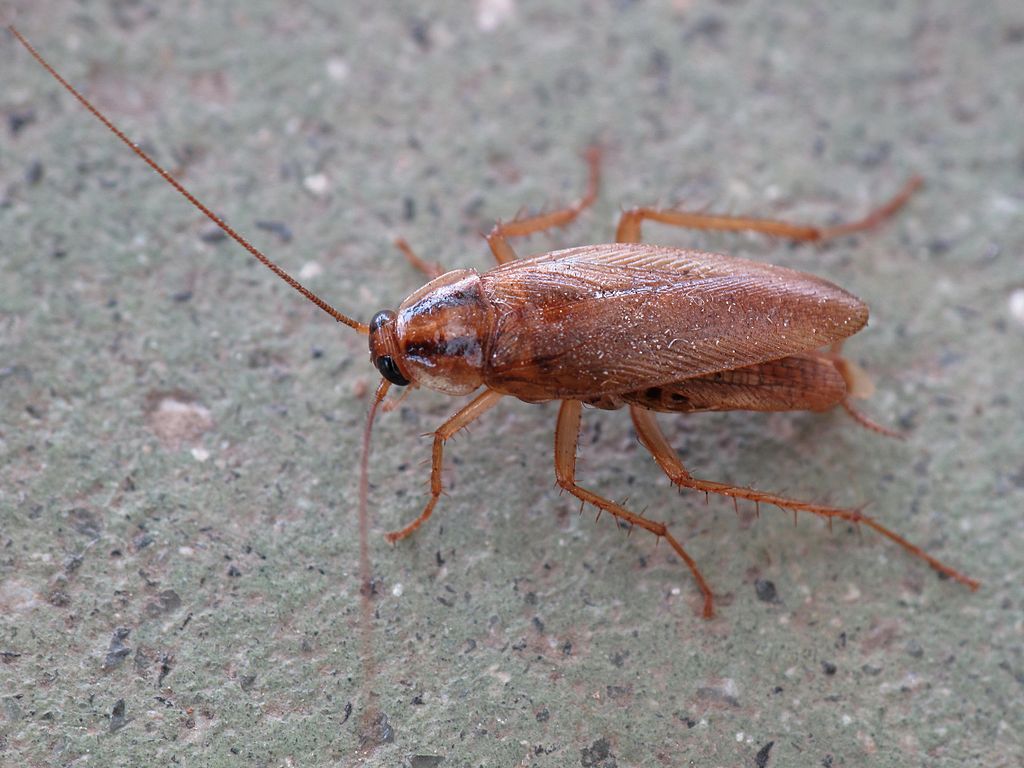 You don't want to beat around the bush with this bug. They can multiply fast -- one cockroach can become a pretty big infestation in less than three months. So this is one summer pest control strategy you want to be on top of.
You don't want to beat around the bush with this bug. They can multiply fast -- one cockroach can become a pretty big infestation in less than three months. So this is one summer pest control strategy you want to be on top of.
First, you’ll want a pest control pro who can do an inspection and determine the extent of your cockroach problem and come up with a treatment plan. This typically involves glue traps in high-traffic areas to gauge the roach levels and then crack and crevice applications to stop them. If the infestation is extreme, the pest professional will use gel baits and even insect growth regulators to control them.
After you eliminate cockroaches inside, quarterly exterior perimeter pest control applications can help keep them out.
3. Millipedes and Centipedes
These summer bugs are the ones with all the legs.
Centipedes and millipedes like dark, damp areas -- your basement, crawl spaces, or even in cardboard boxes, for instance. They also eat other bugs, so seeing these leggy pests might mean you have some other summer bugs to deal with, too.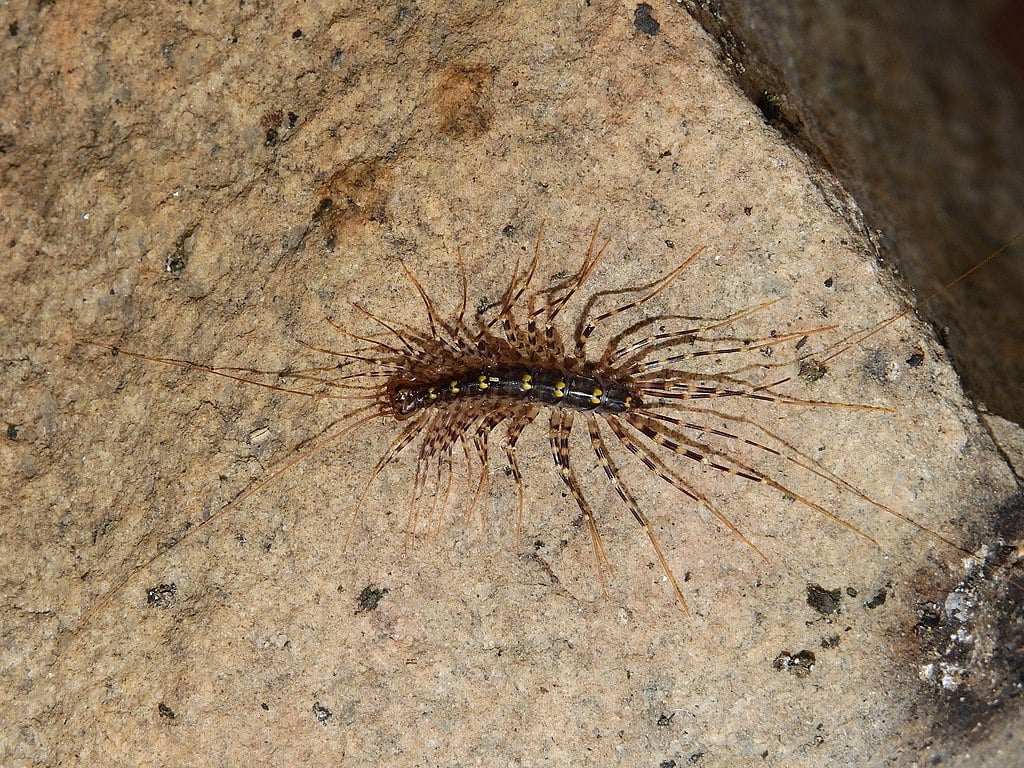 You may not see these pests unless you’re up late at night since they tend to be more active then.
You may not see these pests unless you’re up late at night since they tend to be more active then.
To keep these creepy-crawlies out, limit dampness with a dehumidifier since this attracts them in the first place. Then, usually an interior treatment helps with any initial infestations, followed by exterior perimeter pest control applications to keep them out.
4. Spiders
As if millipedes and centipedes didn’t have enough legs for you to handle, those eight big legs of a spider might be just enough to give you the willies. And, we don’t want to scare you, but most houses have some spiders roaming about.
The good news: Spiders rarely bite, and they actually prey on other summer bugs in your home, which is a bonus, yet still probably not a comforting thought.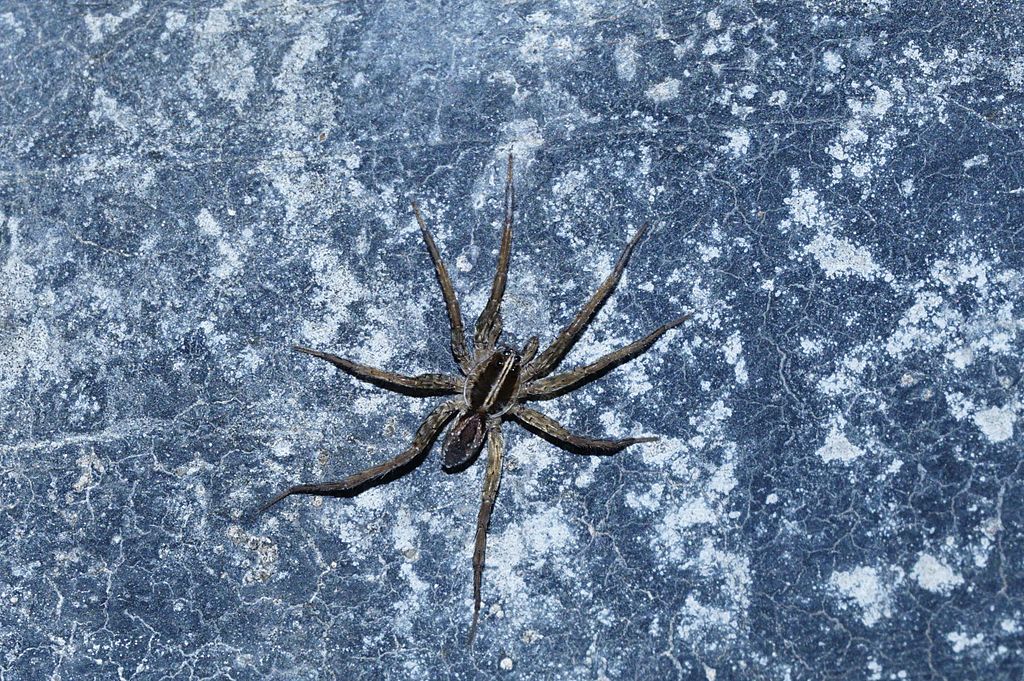 These pests like to move into homes seeking corners to hide in. They build webs near access points so they can catch other bugs entering your house. Since they are great climbers, you’ll want to check windows or door frames for webs, as well as dark corners, ceilings, and rafters.
These pests like to move into homes seeking corners to hide in. They build webs near access points so they can catch other bugs entering your house. Since they are great climbers, you’ll want to check windows or door frames for webs, as well as dark corners, ceilings, and rafters.
To eliminate spiders, clear webs you find as a preventive measure. Quarterly perimeter pest control can help keep them out after that.
5. Silverfish
Silverfish are the alien-looking, ghost-colored cousins of millipedes. They are silver with a body similar to a fish and three pairs of legs accompanied by three bristle-like appendages in the back. 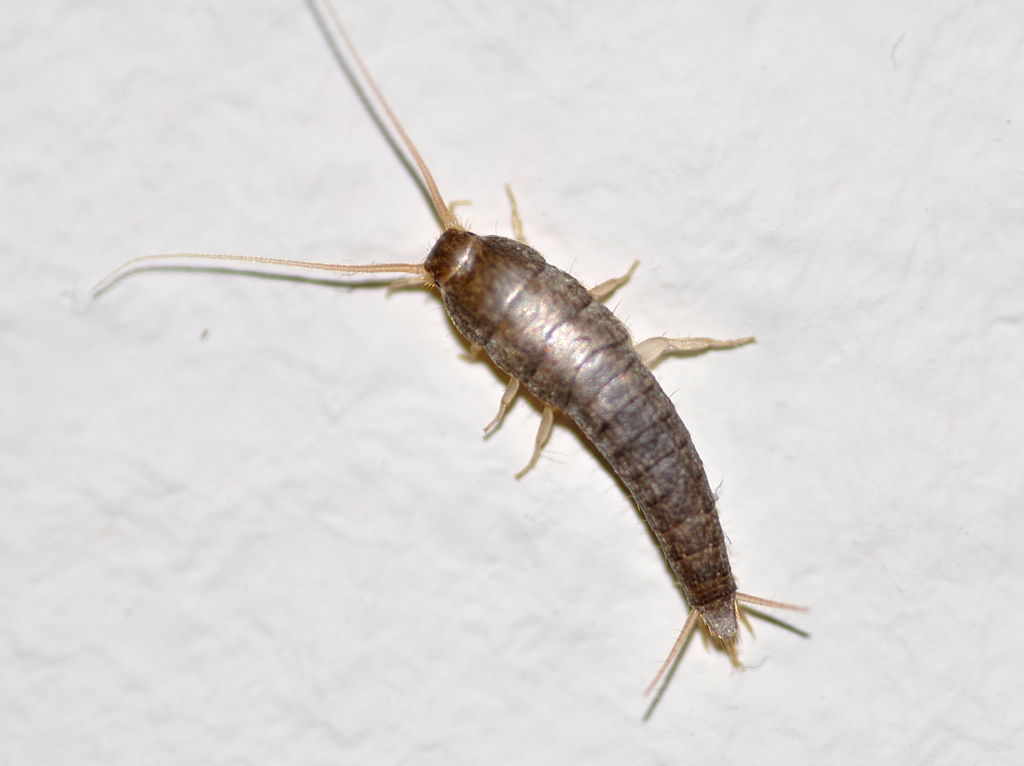 As fast movers and climbers, they go to places with high humidity, like your attic or crawl space. They love paper or cardboard, so you can usually find them in old boxes. And they can actually be destructive if they get inside paper storage, ruining books or memories.
As fast movers and climbers, they go to places with high humidity, like your attic or crawl space. They love paper or cardboard, so you can usually find them in old boxes. And they can actually be destructive if they get inside paper storage, ruining books or memories.
Summer pest control for these bugs involves encouraging air flow and using a dehumidifier to reduce moisture in hot areas. Also, store papers in sealed, plastic bins instead of cardboard boxes. Sealing any cracks and crevices near windows and doors can help, too.
A pest control professional can seek out silverfish in your home and suggest a treatment method, which typically involves a boric acid bait. Then, quarterly perimeter pest control can help keep silverfish out.
Summer Pest Control in Maryland
You want to enjoy summer -- and you’d like to do it bug-free.
We get it. We wouldn’t want bugs to spoil our summer barbecues either.
If you’ve tried some DIY strategies but are still finding ants or other summer bugs in your home, hiring a pest control professional might be the best next step.
A pest control technician will conduct a general inspection and look for common entry points, sealing anything that is ½ inch in size or less. Since they see pests all the time, they know exactly where to look. They can even alert you to gaps larger than ½ inch that might need more work to close up. After that, they can do a perimeter pest control treatment that acts as a barrier to keep bugs out. You want to maintain that barrier quarterly to retain control of whether bugs get in your home.
Are you seeing summer bugs in your home? Want to learn more about our pest control services in Central and Southern Maryland? Get started today with a free quote. We’ll review your options together so you can make a great choice. Then you can just relax and embrace summertime activities -- bug-free.
Image Sources: Ant, Cockroach, Centipede, Spider, Silverfish




